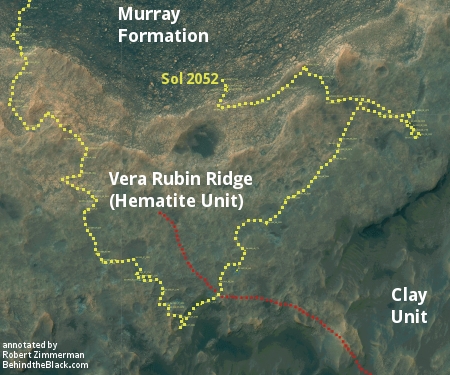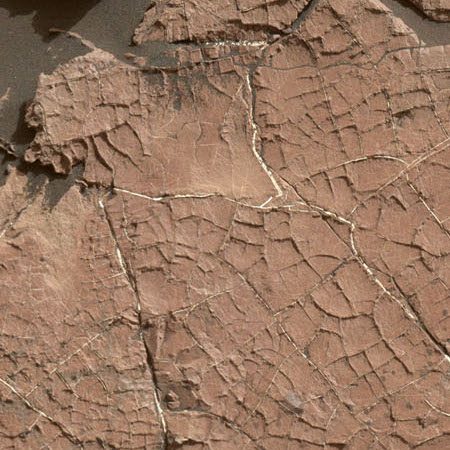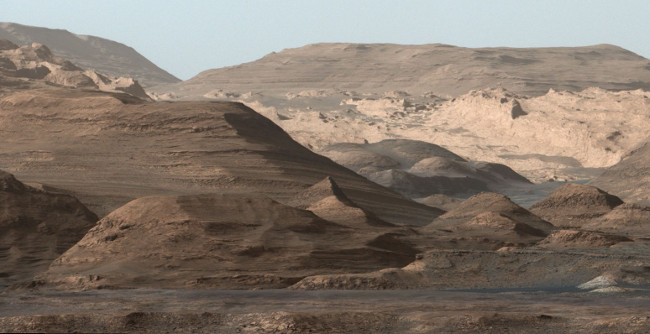Opportunity’s uncertain future
Link here. This article from JPL provides a detailed status report on the rover, as well as what will happen if they should regain communications.
After the first time engineers hear from Opportunity, there could be a lag of several weeks before a second time. It’s like a patient coming out of a coma: It takes time to fully recover. It may take several communication sessions before engineers have enough information to take action.
The first thing to do is learn more about the state of the rover. Opportunity’s team will ask for a history of the rover’s battery and solar cells and take its temperature. If the clock lost track of time, it will be reset. The rover would take pictures of itself to see whether dust might be caked on sensitive parts, and test actuators to see if dust slipped inside, affecting its joints.
Once they’ve gathered all this data, the team would take a poll about whether they’re ready to attempt a full recovery.
Even if engineers hear back from Opportunity, there’s a real possibility the rover won’t be the same. The rover’s batteries could have discharged so much power — and stayed inactive so long — that their capacity is reduced. If those batteries can’t hold as much charge, it could affect the rover’s continued operations. It could also mean that energy-draining behavior, like running its heaters during winter, could cause the batteries to brown out.
They remain hopeful, but this article is clearly meant to prepare the public for the possibility that Opportunity’s long journey on Mars might have finally ended.
Link here. This article from JPL provides a detailed status report on the rover, as well as what will happen if they should regain communications.
After the first time engineers hear from Opportunity, there could be a lag of several weeks before a second time. It’s like a patient coming out of a coma: It takes time to fully recover. It may take several communication sessions before engineers have enough information to take action.
The first thing to do is learn more about the state of the rover. Opportunity’s team will ask for a history of the rover’s battery and solar cells and take its temperature. If the clock lost track of time, it will be reset. The rover would take pictures of itself to see whether dust might be caked on sensitive parts, and test actuators to see if dust slipped inside, affecting its joints.
Once they’ve gathered all this data, the team would take a poll about whether they’re ready to attempt a full recovery.
Even if engineers hear back from Opportunity, there’s a real possibility the rover won’t be the same. The rover’s batteries could have discharged so much power — and stayed inactive so long — that their capacity is reduced. If those batteries can’t hold as much charge, it could affect the rover’s continued operations. It could also mean that energy-draining behavior, like running its heaters during winter, could cause the batteries to brown out.
They remain hopeful, but this article is clearly meant to prepare the public for the possibility that Opportunity’s long journey on Mars might have finally ended.





